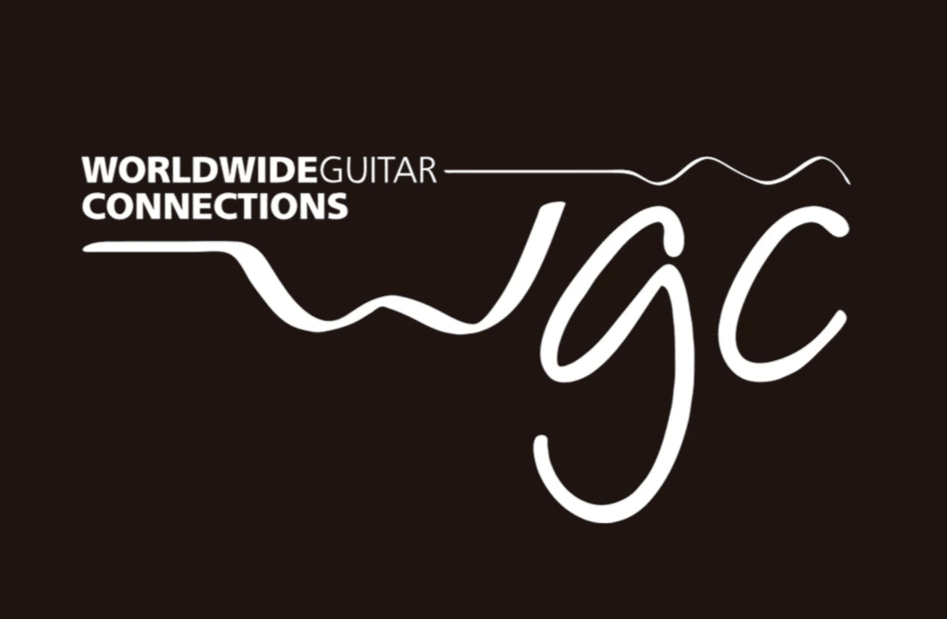Go Back
TOMASO ALBINONI, Sonata da Chiesa (SO.27)
£4.95
LEVEL: ADVANCED
Tomaso Albinoni was a Venetian violinist, singer, and composer who devoted his life almost entirely to composition, particularly in the genres of sonata, concerto, and opera. He was a prominent figure of the Italian Baroque style, and his music was widely admired by his contemporaries, including Johann Sebastian Bach, who used Albinoni’s bass lines (basso continuo) as material in his harmony lessons. This particular sonata is part of a set of six sonatas published in Amsterdam in 1708. This particular arrangement is derived from a manuscript preserved in Dresden, Germany. These works are examples of sonata da chiesa (church sonata), a form first distinguished in the early 1600s to contrast with the sonata da camera (chamber sonata). While sonate 'da chiesa' were ideally free of dance movements and considered more "serious" or sacred, they often display clear rhythmic and stylistic influences from Baroque dances such as the sarabande and gigue, even when not explicitly labeled as such.
This is a great addition to advanced players looking for longer Baroque works for concerts, recording projects, and competitions.
Tomaso Albinoni was a Venetian violinist, singer, and composer who devoted his life almost entirely to composition, particularly in the genres of sonata, concerto, and opera. He was a prominent figure of the Italian Baroque style, and his music was widely admired by his contemporaries, including Johann Sebastian Bach, who used Albinoni’s bass lines (basso continuo) as material in his harmony lessons. This particular sonata is part of a set of six sonatas published in Amsterdam in 1708. This particular arrangement is derived from a manuscript preserved in Dresden, Germany. These works are examples of sonata da chiesa (church sonata), a form first distinguished in the early 1600s to contrast with the sonata da camera (chamber sonata). While sonate 'da chiesa' were ideally free of dance movements and considered more "serious" or sacred, they often display clear rhythmic and stylistic influences from Baroque dances such as the sarabande and gigue, even when not explicitly labeled as such.
This is a great addition to advanced players looking for longer Baroque works for concerts, recording projects, and competitions.
Quantity
Add to cart


